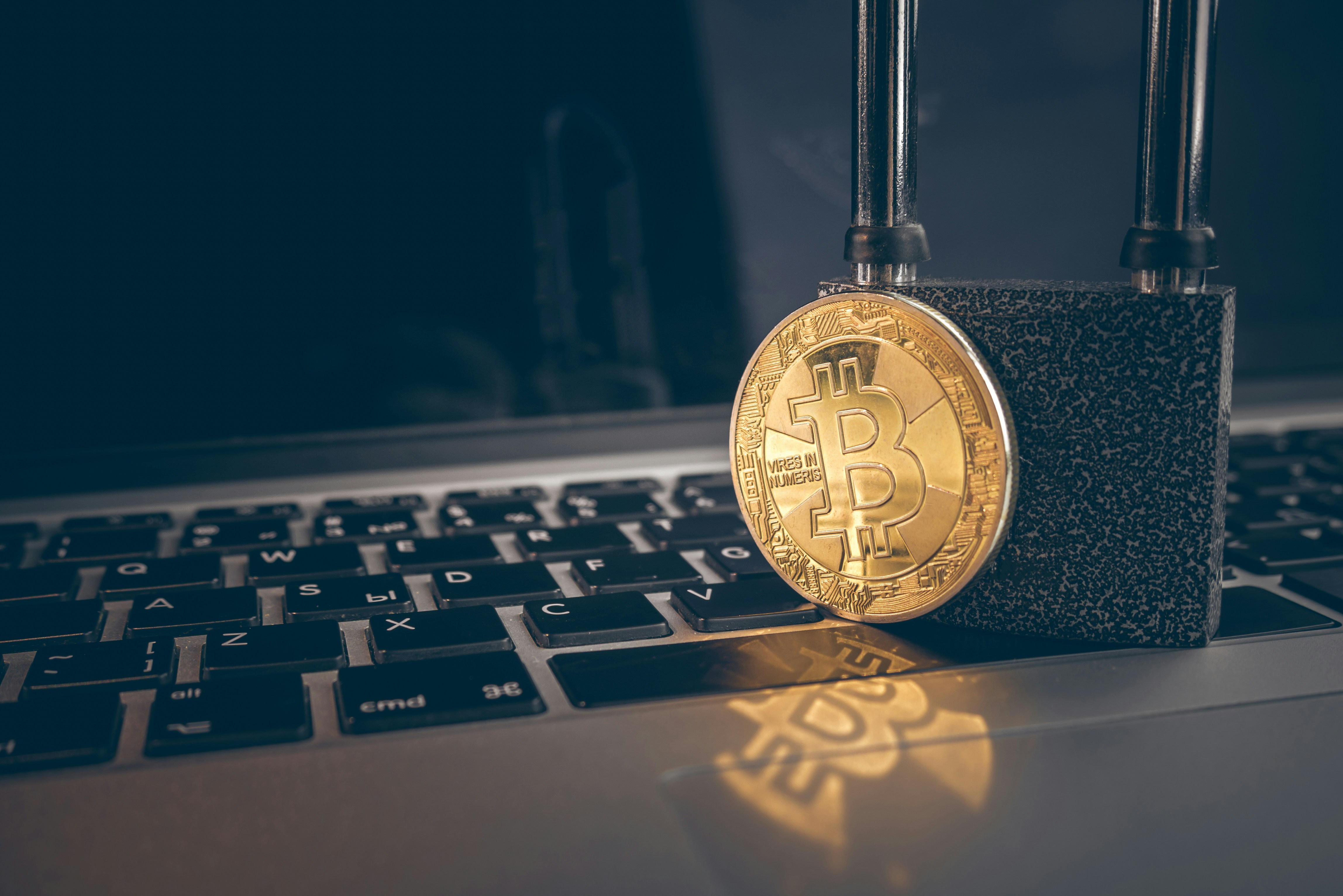
Introduction to Bitcoin and Its Evolution
Bitcoin, the first decentralized cryptocurrency, was introduced in 2009 by an anonymous entity known as Satoshi Nakamoto. Initially, it served as a digital alternative to traditional currencies, aiming to create a peer-to-peer payment system without intermediaries. Over the years, Bitcoin has undergone significant transformations, evolving from a niche interest among cryptographers and tech enthusiasts into a mainstream financial asset.
One of the critical milestones in Bitcoin’s history occurred in 2010 when the first real-world transaction was made—ten thousand Bitcoins were spent on two pizzas, marking its transition from a theoretical concept to a practical currency. As public awareness grew, various exchanges were established, allowing users to buy Bitcoin and trade it for traditional currencies. In subsequent years, Bitcoin’s value experienced dramatic fluctuations, leading to massive speculation and interest from both retail and institutional investors.
The year 2021 marked a pivotal moment as Bitcoin reached an all-time high, attracting significant media attention and prompting more people to consider investing in it. With increased adoption came heightened scrutiny and regulatory discussions around the world, indicating a growing recognition of Bitcoin’s legitimacy as a financial instrument. As we move further into 2025, Bitcoin continues to evolve, not only in terms of its value but also through technological advancements such as the implementation of the Lightning Network, which aims to improve transaction speeds and reduce costs.
Understanding how to buy Bitcoin safely in 2025 is crucial as the landscape becomes more complex. With the continual evolution of security protocols and the emergence of new trading platforms, it is essential for potential investors to navigate these changes wisely. Recognizing the historical context of Bitcoin provides insight into the current market dynamics and underscores the importance of employing safe purchasing practices as adoption rates continue to rise.
Current Trends in Cryptocurrency Regulation
The landscape of cryptocurrency regulation is constantly evolving, particularly as more individuals look to invest in assets like Bitcoin. Since 2023, numerous governments worldwide have established legal frameworks aimed at providing clear guidelines for cryptocurrency transactions. These regulations are essential not only for consumer protection but also for maintaining the integrity of financial markets.
In recent years, several countries have intensified their efforts to regulate the cryptocurrency industry. For instance, nations within the European Union have worked towards implementing comprehensive directives that seek to bring digital assets under existing financial regulations. These efforts often focus on Know Your Customer (KYC) norms and Anti-Money Laundering (AML) protocols. In this context, understanding how to buy Bitcoin safely in 2025 hinges on the compliance of exchanges with these standards, which helps to mitigate risks associated with fraud and illicit activities.
Moreover, the approach to taxation on cryptocurrencies has also gained traction. Governments are increasingly looking to tax gains made from cryptocurrency investments, leading to the necessity for users to track their transactions meticulously. This trend emphasizes the importance of due diligence before purchasing Bitcoin. As regulations become stricter, only those platforms that adhere to the legal requirements will thrive, resulting in a more secure trading environment for investors.
Additionally, regulators have partnered with technology firms to enhance information sharing, thereby fostering a safer ecosystem for cryptocurrency transactions. This collaboration has led to improved security measures, making it imperative for buyers to remain informed about the legitimacy and regulatory status of the platforms they choose to engage with. Familiarity with the current regulatory landscape is essential for anyone interested in how to buy Bitcoin safely in 2025, ensuring a more informed and responsible approach to investment.
Preparing to Buy Bitcoin: Necessary Steps
Before embarking on the journey of how to buy bitcoin safely in 2025, it is crucial to prepare adequately. This preparation involves a series of necessary steps that ensure a safe and informed purchase. First and foremost, conducting thorough research on reputable exchanges is vital. An exchange is an online platform where users can buy, sell, and trade cryptocurrencies, including Bitcoin. Look for exchanges that have a solid track record, positive user reviews, and are compliant with regulatory standards in your jurisdiction.
In addition to selecting a trustworthy exchange, understanding the different types of wallets available for storing Bitcoin is essential. Wallets come in various forms, including hardware wallets, software wallets, and paper wallets. Hardware wallets provide enhanced security by storing your Bitcoin offline, while software wallets offer easier access for transactions. Paper wallets entail printing your private and public keys on paper, which can be a secure option if handled properly. It is advisable to select a wallet that meets your security needs and usage habits.
Moreover, considering the security measures to implement when purchasing Bitcoin cannot be overstated. Begin by enabling two-factor authentication on your exchange account, which adds an additional layer of security against unauthorized access. It is also prudent to use a virtual private network (VPN) when conducting transactions to protect your internet connection from potential threats. Lastly, always keep your private keys confidential and refrain from sharing them with anyone, as they grant access to your funds.
By thoroughly researching exchanges, understanding wallet options, and adopting robust security measures, you create a strong foundation for making informed decisions on how to buy bitcoin safely in 2025.
Choosing a Reputable Exchange or Platform
In the rapidly evolving cryptocurrency market, selecting a trustworthy exchange or platform is crucial for anyone interested in how to buy bitcoin safely in 2025. One of the first considerations should be the reputation of the exchange. Researching user reviews and feedback on trusted financial forums can offer valuable insights into the reliability and integrity of a platform. Platforms with long-standing histories and positive user experiences are generally more dependable.
Security measures are another critical aspect to evaluate. Look for exchanges that employ robust security protocols, including two-factor authentication (2FA), cold storage for digital assets, and regular security audits. It is essential to ensure that the platform has a transparent policy regarding security breaches and user fund protection. In 2025, the importance of these security features cannot be overstated, as cyber threats become increasingly sophisticated.
The overall user experience should not be overlooked either. A user-friendly interface that is easy to navigate can greatly enhance your purchasing experience. It is advisable to explore demo accounts, if available, to familiarize yourself with the platform’s functionality before making a purchase. Additionally, consider the fee structure: exchanges often vary significantly in their trading, withdrawal, and deposit fees, which can impact your overall investment.
Customer service is another vital factor; a responsive support team can mitigate issues that may arise during your cryptocurrency transactions. Check for available support channels, such as live chat, email, or phone support, and their response times. By carefully considering these factors–reputation, security, user experience, fees, and customer service–you will be better equipped to choose a reputable exchange or platform for how to buy bitcoin safely in 2025.
Understanding Wallets: Types and Security
When considering how to buy bitcoin safely in 2025, one of the essential components to understand is the cryptocurrency wallet. These digital wallets are crucial for storing, sending, and receiving Bitcoin and other cryptocurrencies. There are primarily four types of wallets: hardware, software, online, and mobile wallets, each presenting unique features and varying levels of security.
Hardware wallets are physical devices designed explicitly for storing cryptocurrencies offline. They are considered one of the most secure options because they keep private keys safe from online threats. Well-known examples include the Ledger Nano S and Trezor. However, the downside is that they can be costly and require careful handling to avoid loss or damage.
Software wallets, often referred to as desktop wallets, reside on your computer or laptop. While they are generally more accessible than hardware wallets, they are less secure, as a compromised machine could lead to unauthorized access. Examples of popular software wallets include Exodus and Electrum.
Online wallets allow users to access their cryptocurrencies through a web interface. They are convenient for those who frequently trade Bitcoin but come with inherent security risks, as they are connected to the internet. It is advisable to use online wallets provided by reputable exchanges or security-focused services.
Mobile wallets are applications installed on smartphones, offering the ease of making transactions on the go. They strike a balance between convenience and security but still require precautions, such as enabling two-factor authentication and keeping the application updated.
Regardless of the type of wallet used, users must prioritize the security of their private keys, as these are the keys to accessing their Bitcoin. Implementing best practices, such as regular backups, secure passwords, and utilizing multi-signature transactions, can significantly enhance the protection of one’s funds.
Safe Transaction Practices
As the landscape of cryptocurrency continues to evolve, it is essential for individuals to adopt effective practices to ensure the safety of their transactions, especially when considering how to buy bitcoin safely in 2025. The first step in securing your purchases is the implementation of two-factor authentication (2FA) across all digital wallets and exchanges. This additional layer of security requires two forms of identification, such as a password and a verification code sent to your mobile device. By enabling 2FA, you significantly reduce the risk of unauthorized access to your accounts.
Moreover, recognizing phishing scams is vital. Cybercriminals often use deceptive emails and websites to lure victims into providing sensitive information. Always verify the authenticity of any communication or web address by checking for secure connections and familiarity with the domain. For instance, Bitcoin exchanges should have an SSL certificate, indicated by “https://” in the URL. Regularly updating passwords and avoiding suspicious links can further safeguard your investment.
Transaction limits are another crucial aspect of safe buying practices. Platforms often allow users to set limits on their daily purchases or transactions, which can help mitigate losses in the event of a security breach. Establishing these limits aligns with prudent financial management and can prevent impulsive buying decisions influenced by market fluctuations.
Additionally, it is essential to verify addresses before completing any transactions. Mistakes in copying or inputting Bitcoin addresses can lead to irreversible loss of funds. Double-checking addresses and utilizing QR codes can help ensure that your transactions are sent to the correct recipient. By following these practical tips and remaining vigilant, you can navigate the complexities of cryptocurrency transactions to learn how to buy bitcoin safely in 2025.
Recognizing and Avoiding Scams
As the popularity of cryptocurrency, particularly Bitcoin, continues to soar, so does the incidence of scams targeting unsuspecting investors. In 2025, it is crucial to recognize and avoid these fraudulent schemes to ensure a secure purchasing experience when learning how to buy Bitcoin safely. Scams can take various forms, including phishing attacks, Ponzi schemes, and fake exchanges, each designed to deceive users and siphon their funds.
One of the most prevalent tactics employed by scammers is phishing. This method typically involves fraudulent emails or websites that closely mimic legitimate platforms, aiming to trick users into revealing sensitive information such as passwords and private keys. It is essential to scrutinize URLs and email addresses for any discrepancies and to engage only with verified websites. Additionally, securing devices with updated security software can help mitigate the risks associated with phishing attempts.
Another common scam is the Ponzi scheme, where profits are paid to earlier investors using the capital of new participants rather than from legitimate business activities. These schemes often promise unrealistic returns, luring individuals with the allure of quick wealth. To avoid falling victim, investors must be wary of offers that sound too good to be true and perform diligent research on any investment opportunity before committing financial resources.
Additionally, counterfeit exchanges pose a significant threat to potential Bitcoin buyers. Fake cryptocurrency exchanges may appear genuine but will often execute trades only to abscond with users’ funds. To safeguard against this, individuals should only transact through recognized and reputable platforms that implement robust security protocols and have verified credentials. Monitoring user reviews and forum discussions can also provide insights into the reliability of an exchange.
By remaining vigilant and informed about the common scams associated with Bitcoin purchases, individuals can enhance their understanding of how to buy Bitcoin safely in 2025. Recognizing these warning signs and employing preventative measures will help ensure a more secure investment journey.
Post-Purchase Security Measures
After successfully purchasing Bitcoin, it is vital to implement robust security measures to protect your investment. One of the most effective steps is to transfer your Bitcoin from the exchange where it was bought to a secure wallet. Cryptocurrency exchanges are attractive targets for cybercriminals, and storing your Bitcoin on these platforms can expose you to significant risks. A hardware wallet or a software wallet with strong encryption can provide a much safer environment for your digital assets.
Regularly updating your security protocols is another crucial aspect of maintaining the safety of your Bitcoin. This includes using strong, unique passwords for your wallets and enabling two-factor authentication (2FA) wherever available. Additionally, it’s important to keep your software and devices updated to protect against vulnerabilities that could be exploited by attackers. Ensuring that you practice good cyber hygiene can significantly enhance your security posture and provide peace of mind while managing your investments.
Monitoring your transactions for any unauthorized activity is equally important in your post-purchase security strategy. Regularly reviewing your wallet transactions can help you identify any suspicious or unexpected activity quickly. In case your Bitcoin is compromised, prompt reporting and taking action can minimize potential losses. Consider using security monitoring tools that track your Bitcoin holdings and alert you to any irregularities. By incorporating these security practices post-purchase, you can significantly reduce the risks associated with managing your cryptocurrency and enhance your overall strategy on how to buy Bitcoin safely in 2025.
Future of Bitcoin Purchases: What’s Next?
The landscape of cryptocurrency, particularly Bitcoin, is perpetually evolving, and understanding future trends in how to buy Bitcoin safely in 2025 becomes increasingly vital. As technology continues to mature, we can anticipate several key advancements that may reshape the purchasing process for Bitcoin. One significant trend is the potential for more sophisticated platforms designed to facilitate seamless transactions while ensuring enhanced security.
Emerging technologies such as blockchain improvements and decentralized finance (DeFi) applications will likely play a crucial role in shaping future Bitcoin purchases. These innovations can provide increased transparency and security, allowing consumers to feel more confident when engaging in transactions. Additionally, we may see the rise of artificial intelligence in trading platforms, offering users personalized experiences that guide them through the purchasing process with real-time analytics and risk assessments.
Moreover, regulatory environments surrounding cryptocurrencies are expected to evolve as governments worldwide adapt to the growing importance of digital currencies. Stricter regulations could enhance consumer protection measures, requiring platforms to implement advanced Know Your Customer (KYC) and Anti-Money Laundering (AML) protocols. While this may create more hurdles for potential buyers, it could also foster trust and legitimacy in the cryptocurrency space, ultimately facilitating safer purchasing practices.
Furthermore, the global acceptance of Bitcoin as a legitimate payment method could increase as more merchants and businesses integrate cryptocurrency into their payment systems. This traction may lead to more user-friendly wallets and payment solutions designed for everyday consumers, simplifying how to buy Bitcoin safely in 2025. As we move forward, being aware of these trends will be essential for anyone looking to navigate the ever-changing world of Bitcoin purchases effectively.
Bitcoin Price Prediction for April 11, 2025: Key Levels, Buy/Sell Strategies, and Trending News-https://cryptoplunks.com/bitcoin-price-prediction-for-april-11-2025/





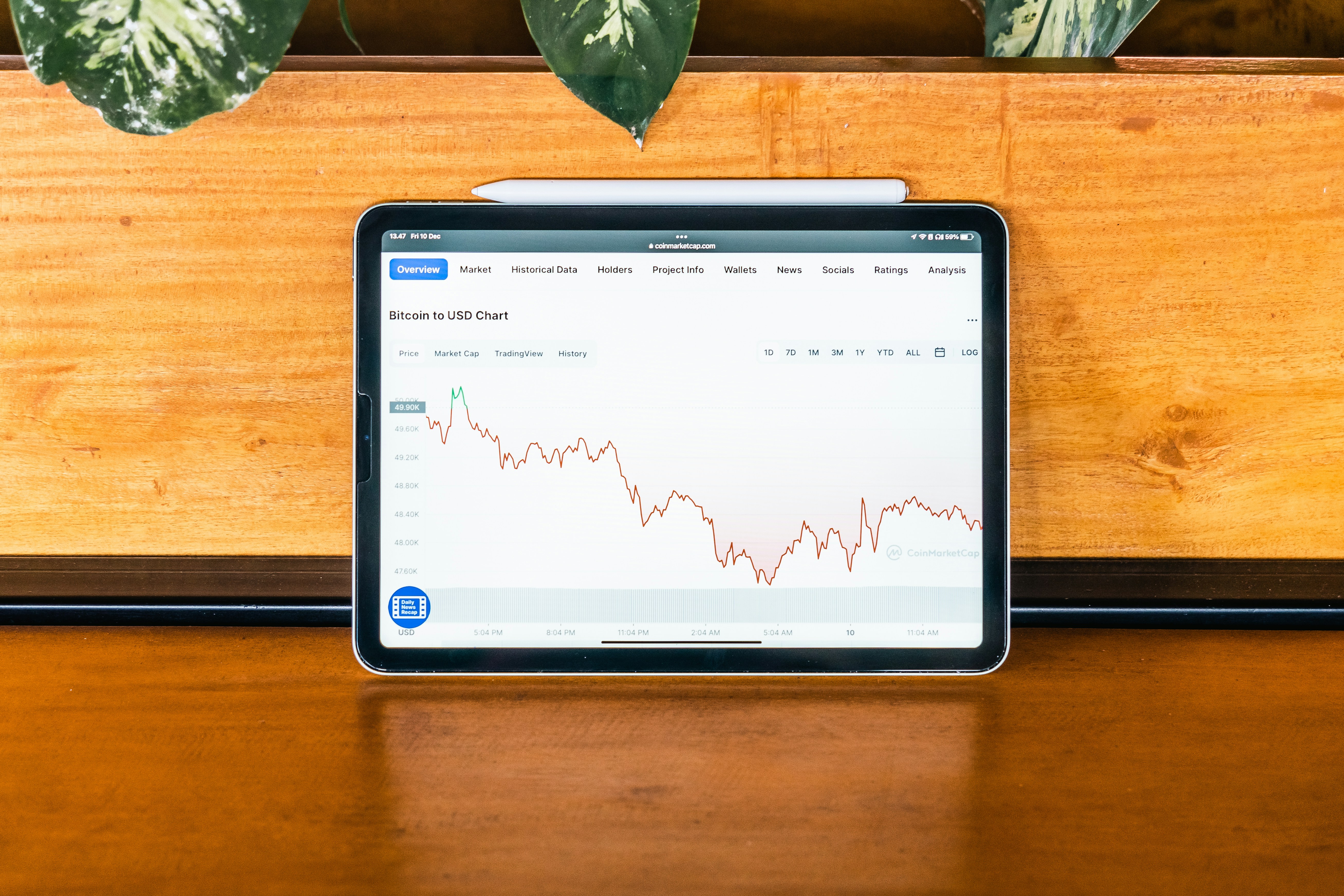





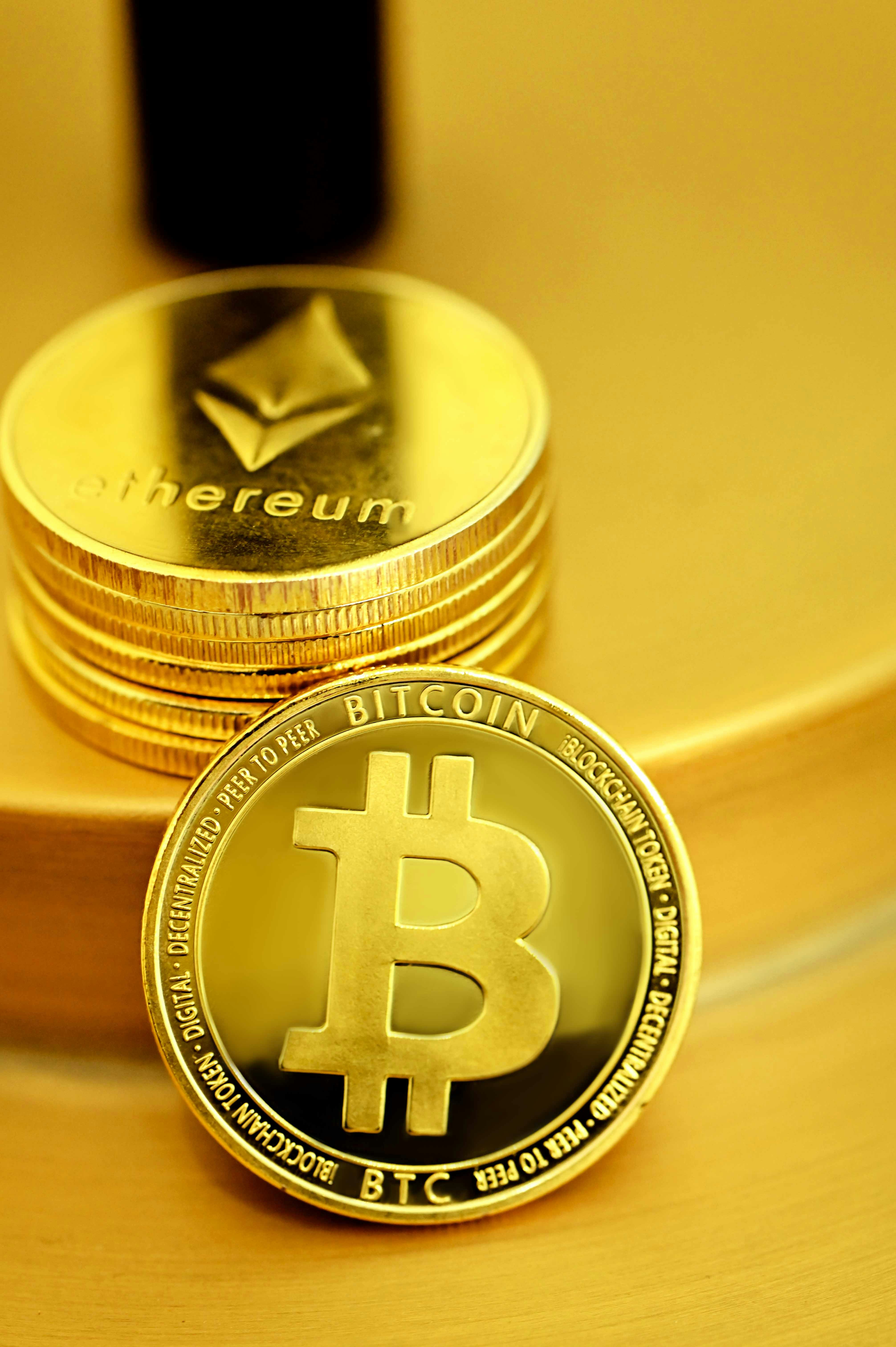

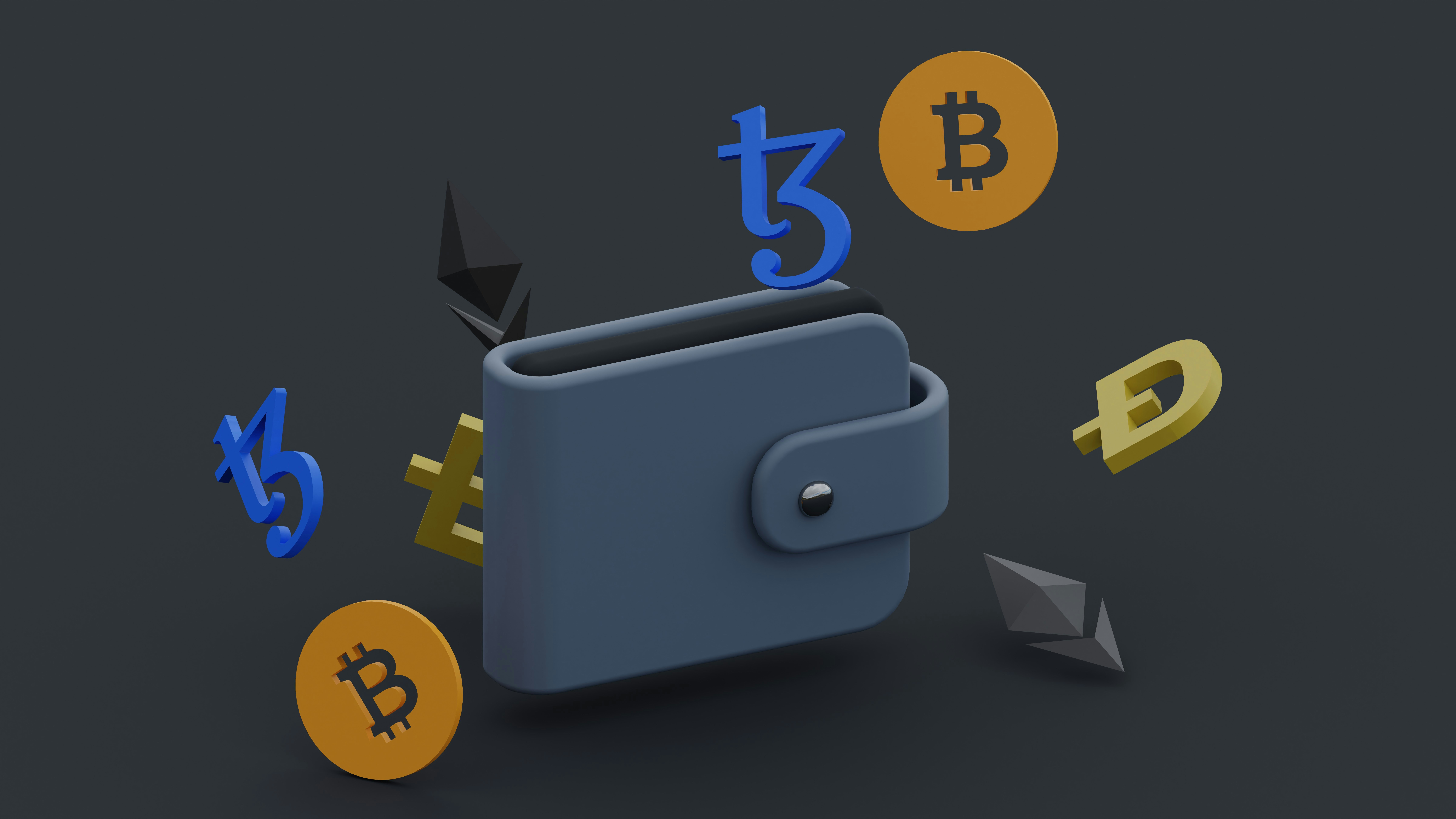



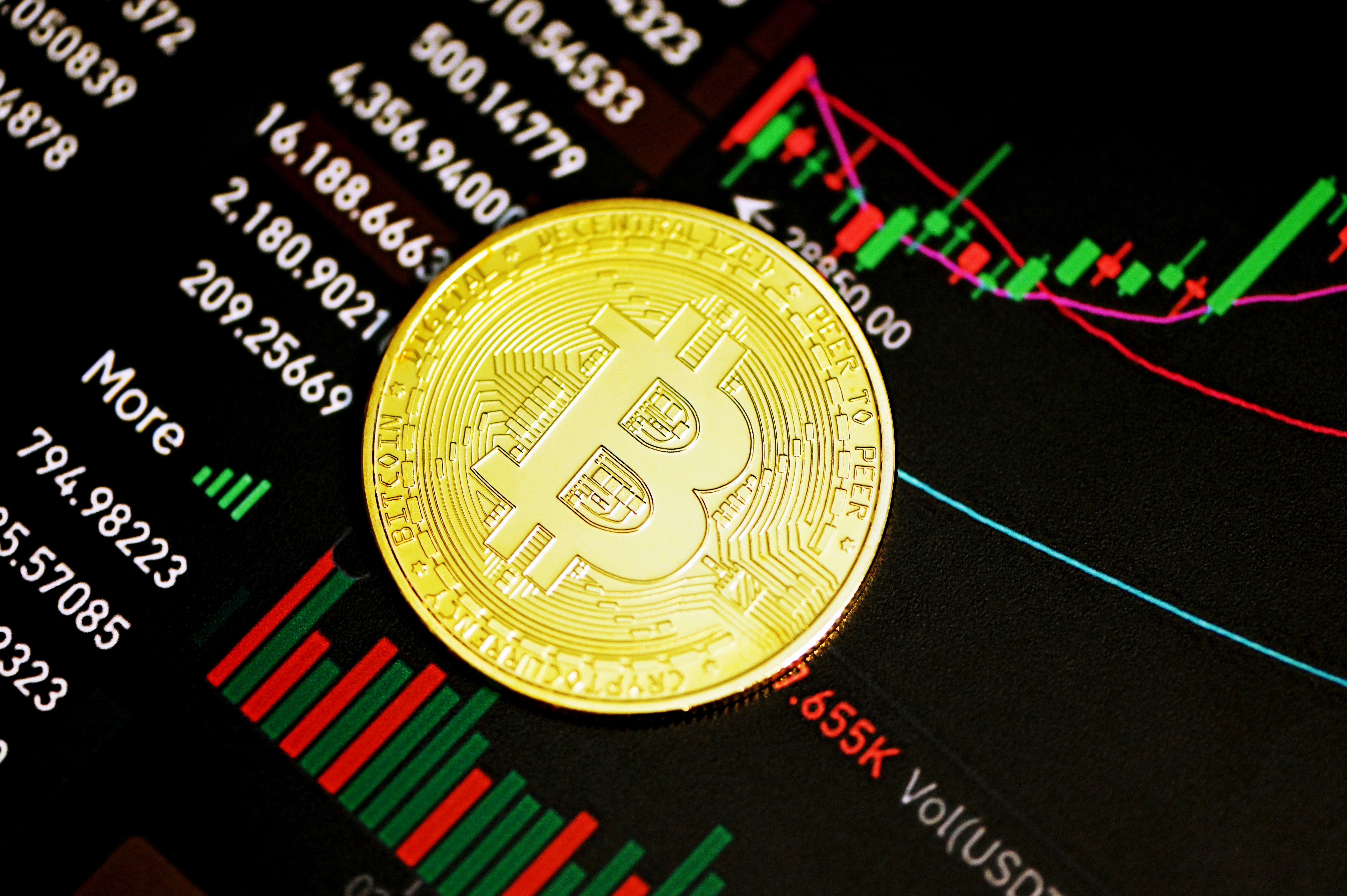

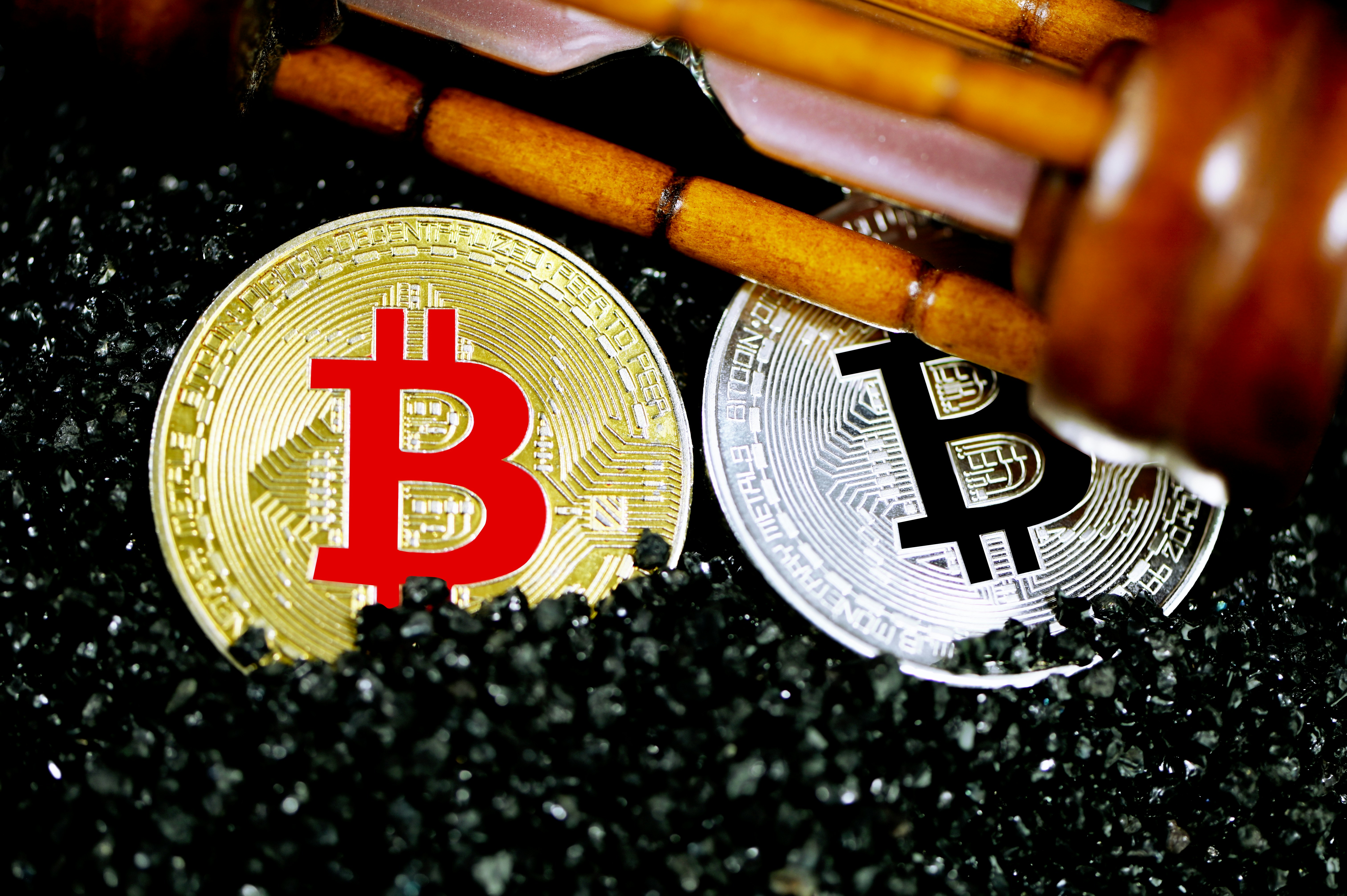

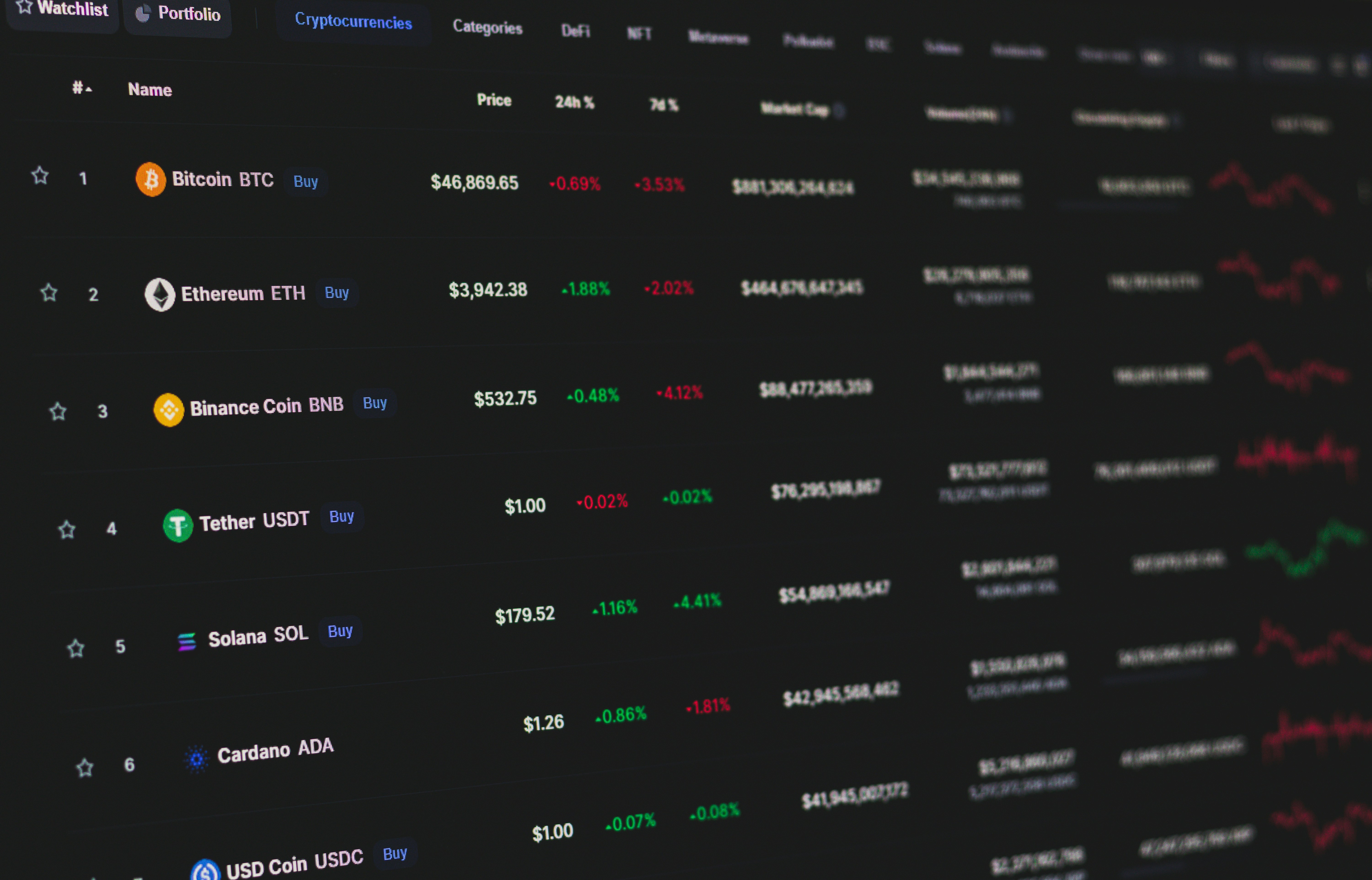
Pingback: Understanding Cryptocurrency: A Comprehensive Guide 10